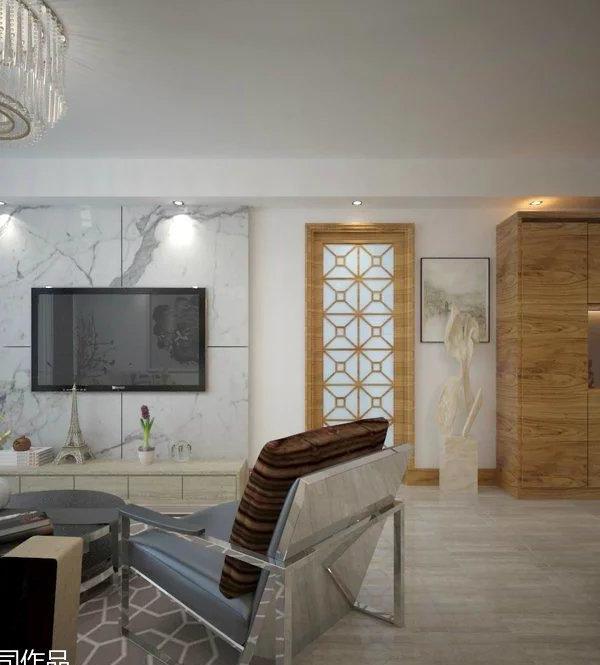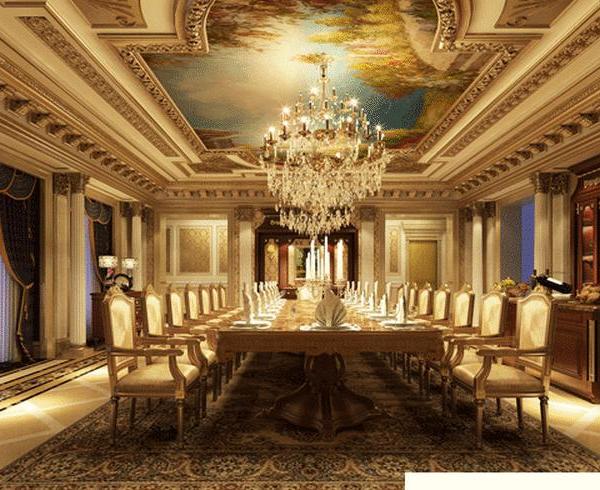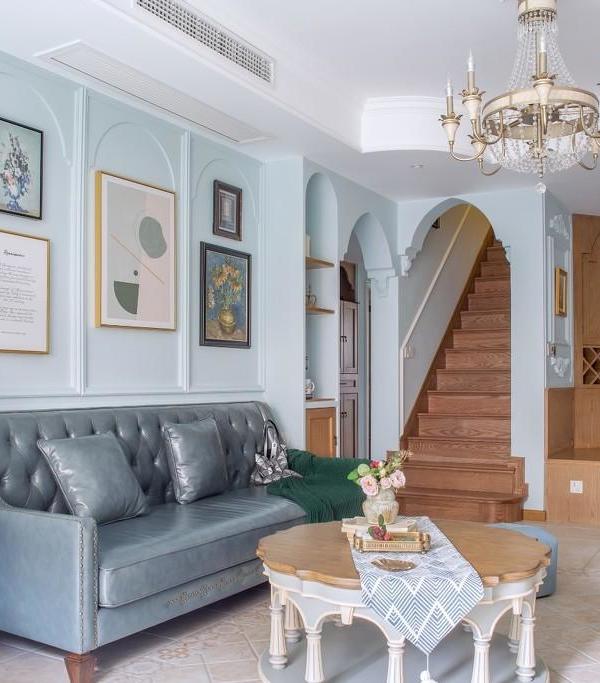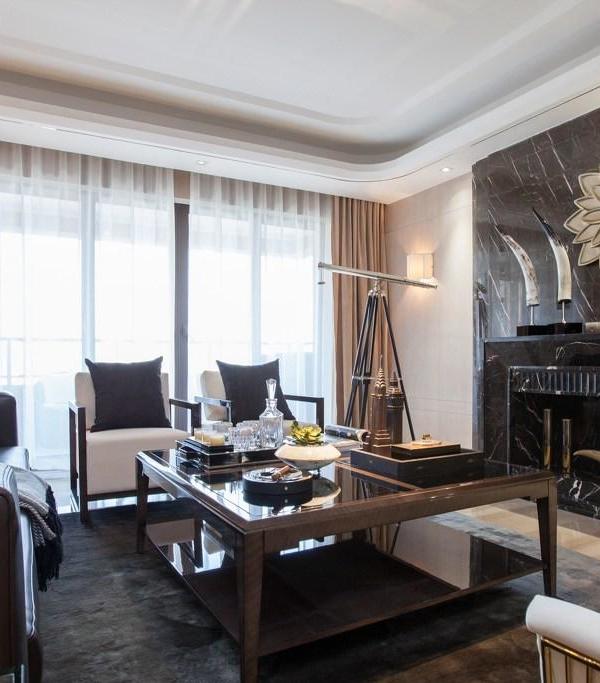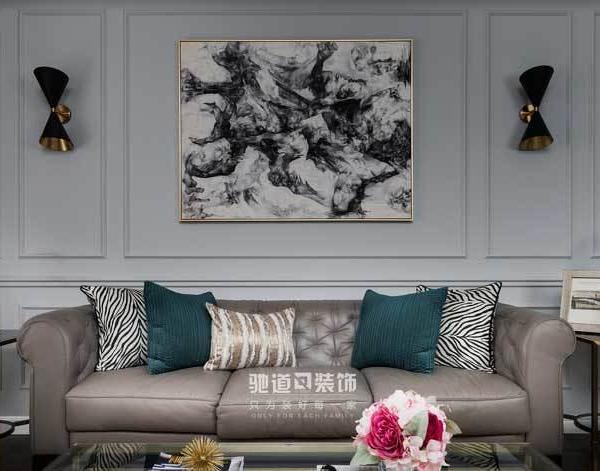Casa Santa Marinha is located in a scattered peripheral area of Vila Nova de Gaia (Portugal). There are a variety of different buildings in the vicinity, from detached houses with annexes at the rear to fairly nondescript residential blocks. The plot, located on a corner, was occupied by an old ruin. Only two stone façades remained, as well as an area of empty land raised above the road. The project required a complete transformation of the property in order to fulfil the required programme: a detached house, with a living room/kitchen, two bedrooms, study, garage and guest annexe. The existing house was extended, adding a new volume at the garden level which backs onto the gable of the neighbouring building. The two volumes are unified by a homogeneous materiality and language, with no distinction made between new and old. They are topped by new zinc roofs with varying geometries. In the outdoor spaces, the stones from the old ruin were reused to create unique details and connections between the main house and the new annexe, located at opposite ends of the plot. Inside, the materials were synthesised: wooden ceilings and floors, white walls, and marble in the service areas. The new volume houses the living room and kitchen, with a glass corner creating an open relationship with the garden. Meanwhile, the larger volume is home to the circulation and service areas, bedrooms and study. The fluid spatiality allows circulation between the different floors and volumes, enhancing transparencies and creating a mezzanine floor with a study. On the lower floor, there is a garage and laundry room/technical areas. There are also links to the road and to a new patio in the middle of the plot. On the upper floor, there are two suites which communicate with the street via the existing gaps and with a terrace overlooking the rest of the plot. The toilets are clad in white marble, creating a brightness which is reinforced by the natural light from the skylights.
{{item.text_origin}}


